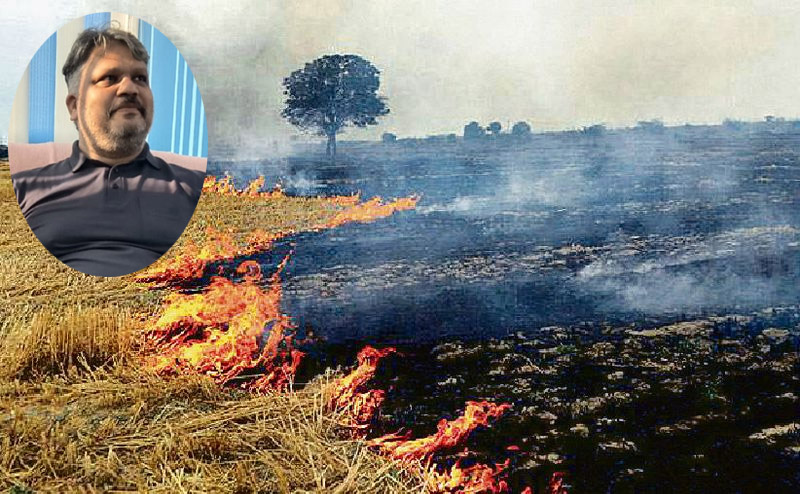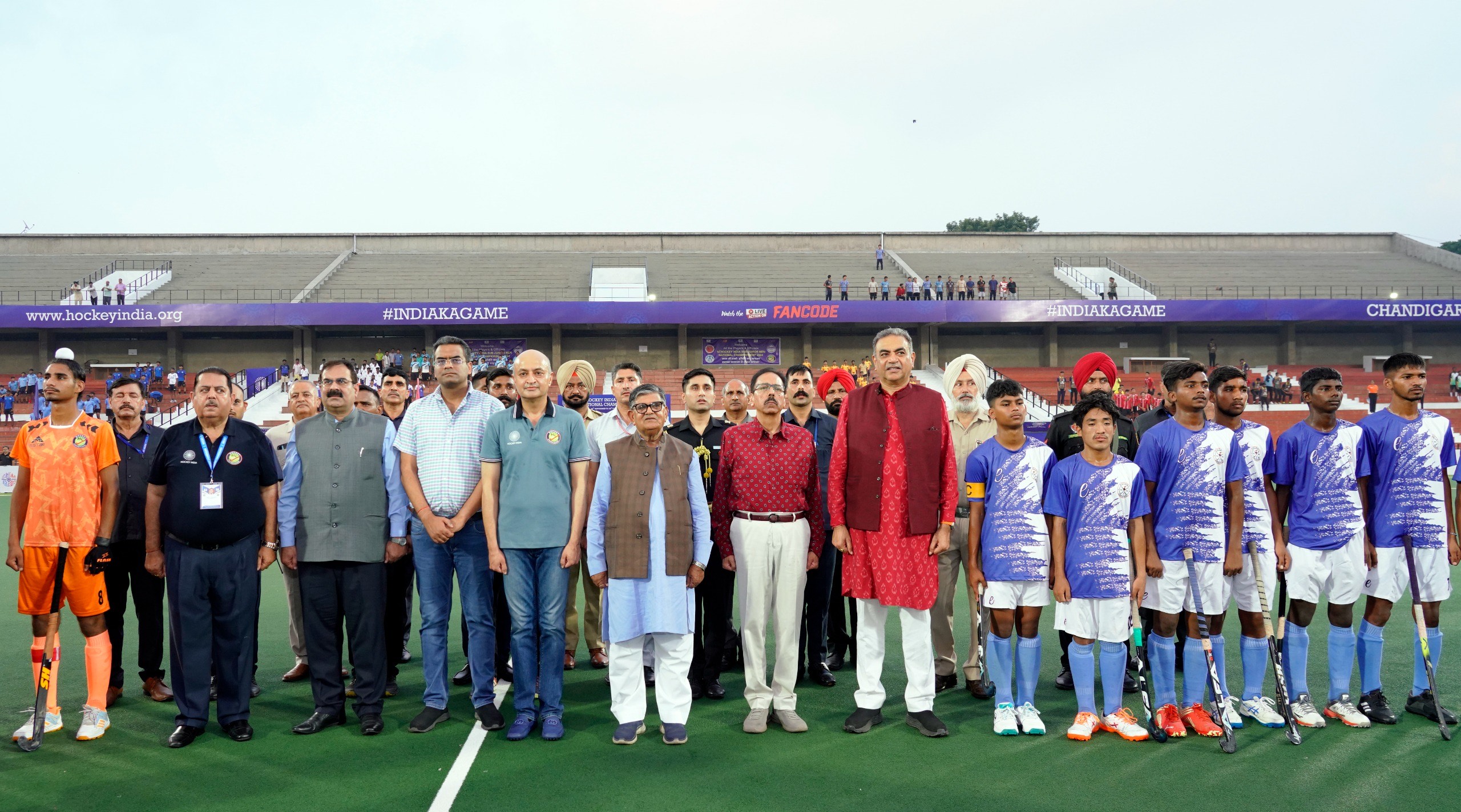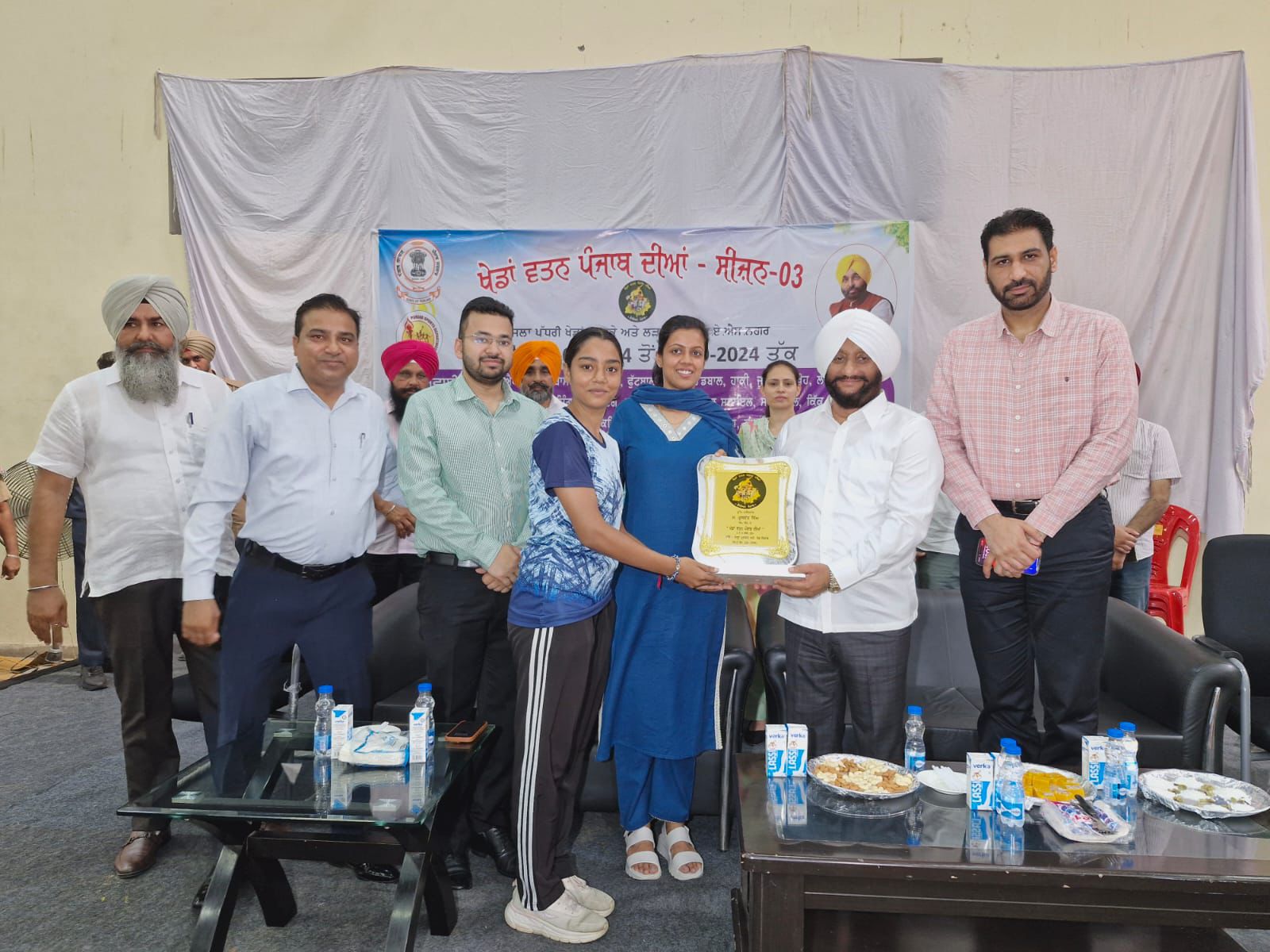
Paddy Management: A Massive Problem
As soon as the paddy harvesting season begins in Punjab and Haryana, newspapers and news channels are filled with discussions on an important issue: paddy management and the burning of straw in fields. This is indeed a serious problem for both the governments and the farmers. If we reflect on 50 years ago, paddy was not a problem.
As soon as the paddy harvesting season begins in Punjab and Haryana, newspapers and news channels are filled with discussions on an important issue: paddy management and the burning of straw in fields. This is indeed a serious problem for both the governments and the farmers. If we reflect on 50 years ago, paddy was not a problem. It was not a major crop in Punjab; primarily, maize, millet, sesame, and very small areas of basmati were cultivated. However, over the last few decades, paddy cultivation has transformed into a revolutionary change, turning into a major issue rather than a profitable endeavor.
When discussing the groundwater level in Punjab, the main reason for its decline is primarily attributed to paddy cultivation. Can we claim that paddy is a part of the diet of Punjabis? The answer is 'no.'
Although rice cultivation is included in the category of 'cash crops,' farmers face significant challenges during marketing. The main issues confronting the people and farmers in this region revolve around the management of straw and its proper disposal. While governments have enacted stringent laws to prevent burning straw in fields, farmers are also being educated about its negative impacts. Cooperative societies are providing affordable machinery for straw management, yet these efforts have not yielded significant results.
Farmers argue that after harvesting paddy, they have only 15 to 20 days to sow wheat, leaving them with no option but to burn the straw to clear the fields. The high costs of appropriate machinery for straw management and the limited availability of such equipment also serve as arguments from farmers.
Recently, the Punjab government has tightened laws to prevent farmers from burning straw, including measures such as "red entry" in land records, denial of license renewals, and the issuance of new arms licenses for those who do not comply with directives.
The burning of straw and other agricultural waste has a very detrimental effect on the environment. Initially, farmers themselves bear the brunt of this damage. The straw that they could sell to paper mills or thermal plants ends up becoming a legal liability when burned. This process harms beneficial organisms and birds. Crop diseases increase, and soil fertility decreases due to the heat generated by burning straw. The resulting heat also damages moisture and beneficial microorganisms. The pollution in the air reaches dangerous levels. The smoke produced causes road accidents. Every day, we read about rising pollution in the air, which is hazardous to human health. According to a survey, the levels of toxic substances in Delhi's air have risen to the point equivalent to a person smoking 40 cigarettes a day.
Our environment is our lifeline; keeping it clean and pure is the primary duty of every citizen. Our governments and those involved in agriculture need to be more aware of this issue so that we can provide a healthy and prosperous future for the coming generations.








